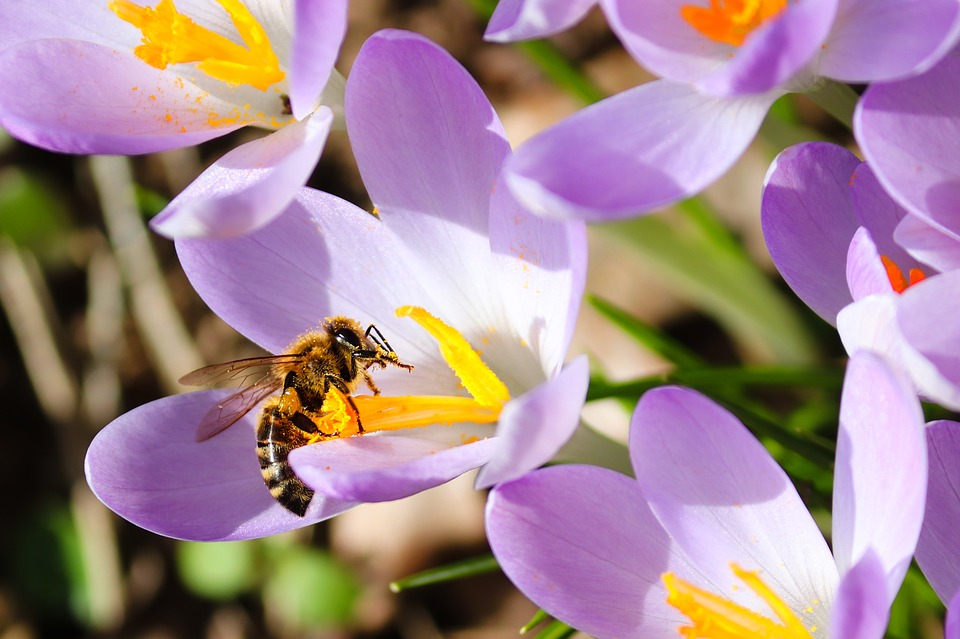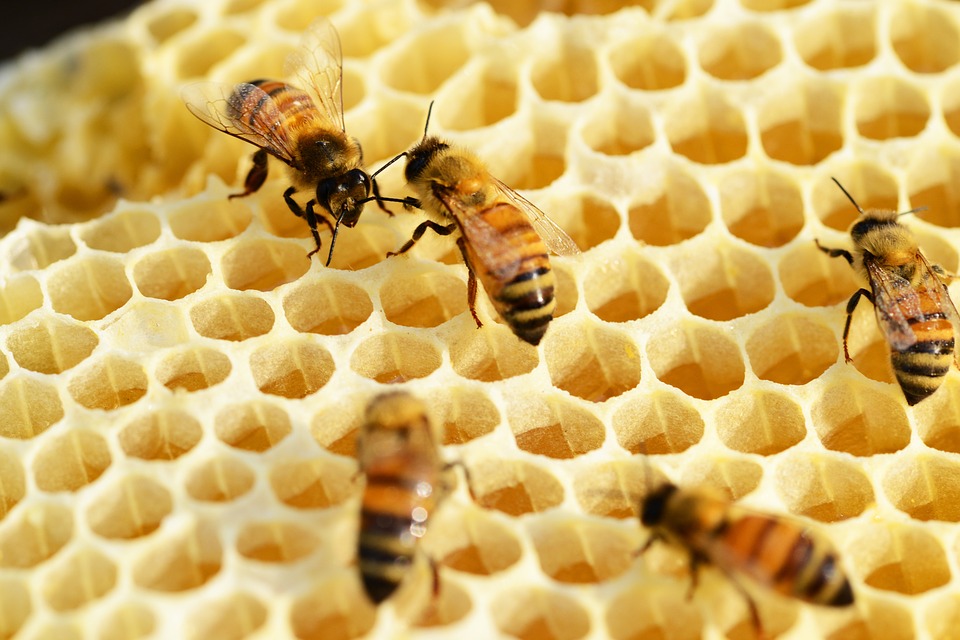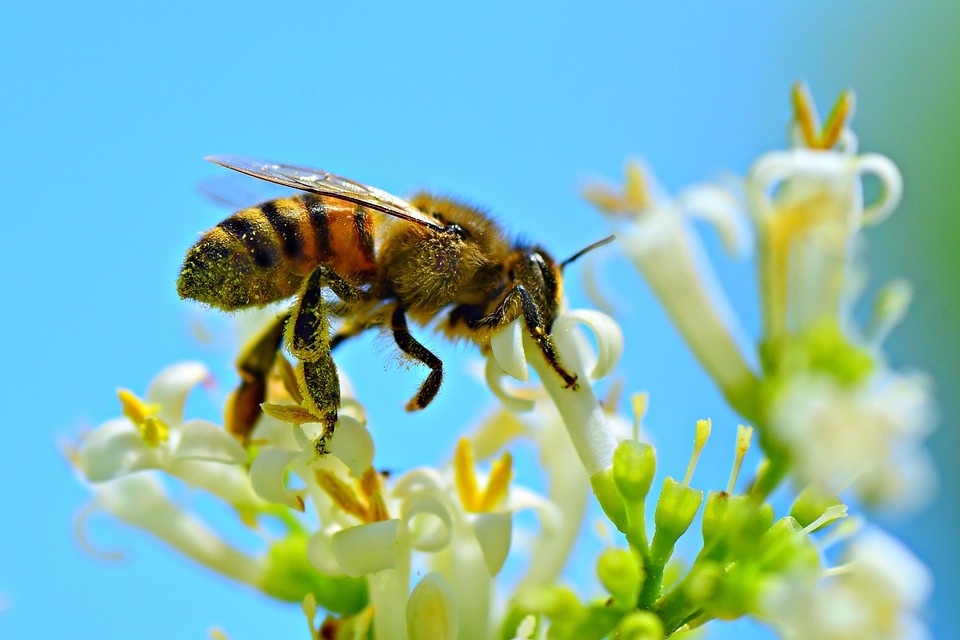
When you think about bees, it's easy to think about honey and then move on. But what you might not realize is just how important bees are to the world around you. In fact, bees are responsible for one out of every three bites of food you eat.
And you can help save them with something as simple as your gardening hobby. How? Let's find out.
Plant Bee-Friendly Blooms Year Round
Flowers are a primary food source for bees from the moment they emerge in early spring to the moment they begin hibernation in late fall. In order to support your local bees and ensure they're thriving, it's important to make sure your garden is blooming almost all year round. Not sure what to plant? Here are a few suggestions.
For Spring ...
These plants will offer the first food for bees after a long winter. Some of the best early-spring bloomers to invest in include:
- Crocus
- Hyacinth
- Calendula
- Wild Lilac
For Summer ...
Summer offers new seasonal flowers for bees to feast on. Here are some of the best to include in your garden at home:
- Bee Balm
- Cosmos
- Snapdragons
- Hosta
- Echinacea
For Autumn ...
This is the last season for bees to feast before they settle in for winter. For a bee-friendly fall, at least one of these flowers should absolutely make an appearance in your garden:
- Zinnia
- Witch Hazel
- Goldenrod
- Sedum
Limit Insecticide Use
Insecticides are designed to protect plants and kill bugs. Unfortunately, that includes bees. Even the chemicals you use on your lawn to keep it weed-free could be harming our buzzy friends. If one bee is exposed to a pesticide or herbicide and brings it back to the colony with them, they could inadvertently poison other bees in the colony. That chemical could make its way into honey and harm humans, too.
So what can be done if you want to protect your plants and save the bees?
For starters, attentive pruning is a great option if you don't want to use any pesticides at all. But if you want to keep certain critters away, you have options. Consider letting natural pest killers like ladybugs and praying mantises roam your garden instead. And for a homemade (bee-friendly) solution, consider the following:
- Neem Oil
- Vinegar
- Epsom Salt
- Pepper
- Onion
- Garlic
Create a Bee Shelter in Your Garden
Bees need a place to rest after a long flight. And you can provide it to them in your garden. A shallow, flat container with some water and a few sticks to perch on will provide an excellent watering hole for your local bees. It's incredibly important that you include places for bees to perch and drink - they could drown otherwise. In addition, make sure you're changing the water out daily.
As far as a bee shelter goes, a small corner of your garden should suffice. Pieces of untreated wood, rough brush, and moss should do the trick. If you're not willing to dedicate a whole section of your garden to bees, strategic placement of potted plants can help provide a bit of refuge for wayward bees.
And there you have it! Anyone can help care for the bees. It's especially important to do your part if you have a garden - your flowers and the food they provide play a vital role in saving the bees.
You may also like
5 Ways to Create an Eco-Friendly Garden
How the Root-to-Stalk Cooking Can Help Save the Planet
Domestic Organic Gardening: Learning from the Experts
Making Your Garden “Greener” in More Ways Than One


